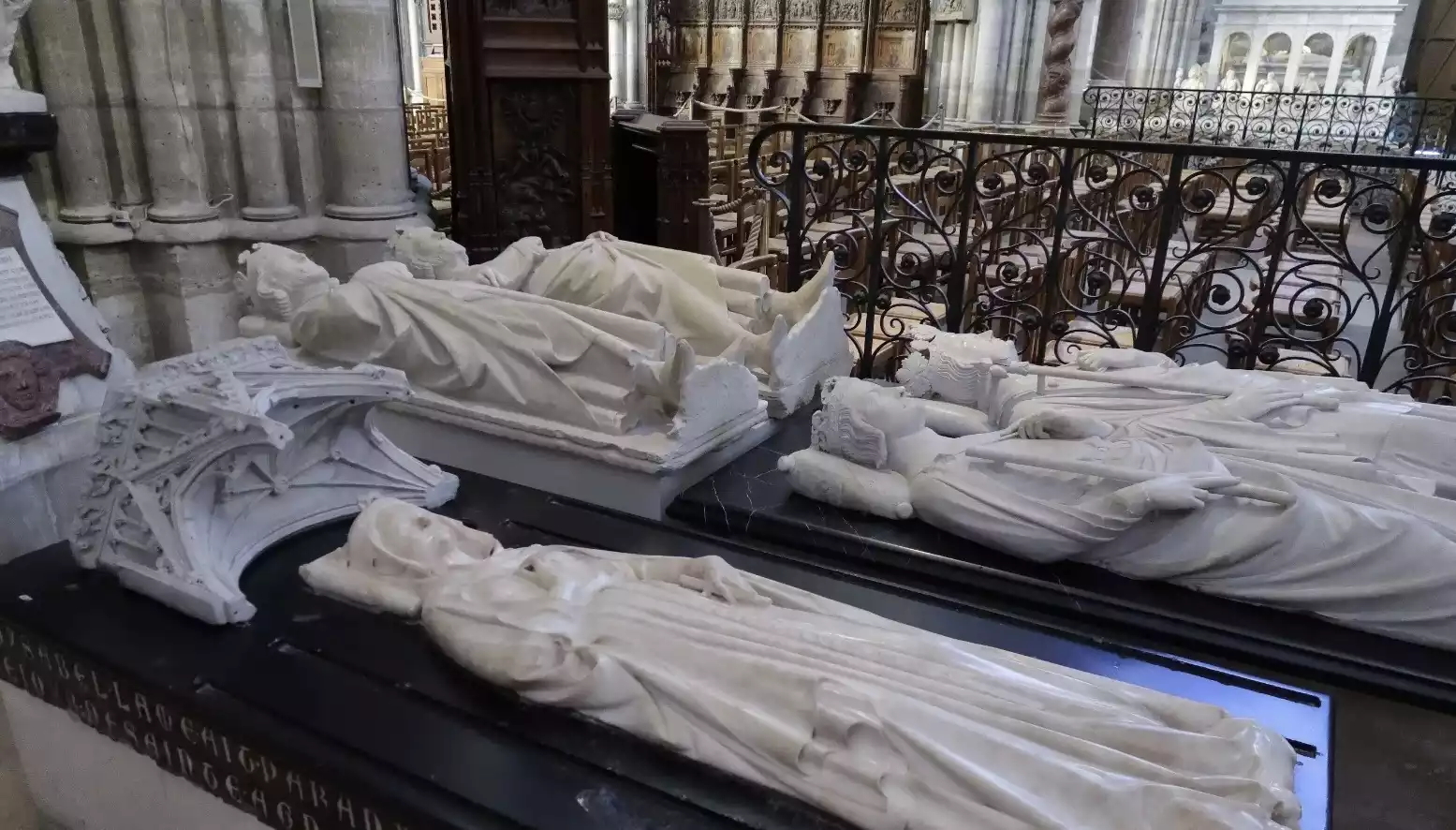
The French Third Republic was the government of France from 1870, when the Second French Empire collapsed due to its defeat in the Franco-Prussian War, until 1940, when France fell to Nazi Germany in World War II. Over its 70-year history, the Third Republic faced numerous political, social, and economic crises that threatened its existence, yet it endured to become the longest-lasting governmental system in France since the 1789 Revolution.
Birth of the French Third Republic Amid Military Defeat & Political Upheaval
The roots of the French Third Republic emerged from the rubble of profound military defeat and political chaos. In the wake of the surrender of French Emperor Napoleon III after the Battle of Sedan in September 1870, the Second French Empire collapsed. With Paris under siege by invading Prussian troops and the Emperor now a prisoner of war, a new government was hastily formed to continue national resistance. The Government of National Defense was proclaimed in Paris on September 4, 1870, headed by General Louis-Jules Trochu. Though most initial supporters favored restoring the monarchy eventually, the urgent crisis required establishing an emergency republican government first.
Over the next five months, the people of Paris suffered greatly under the Prussian siege, resulting in famine and disease. Though the new republican ministers signed an armistice in January 1871, the beleaguered Parisians erupted in rebellion, enraged at surrendering to Prussia. In March they established a radical socialist municipal government called the Paris Commune. The Commune, with its red flag flying over the Hotel de Ville, reflected a cocktail of ideologies from Jacobinism to anarchism to proto-communism. Shocked by the Commune’s challenge to authority, the leaders in Versailles responded ruthlessly. In late May, over a Bloody Week of street fighting, French troops crushed the Commune at a cost of tens of thousands of lives.
Though monarchist forces held a National Assembly majority in 1871, the two leading royalist claimants to the vacant throne could not agree on who should be king. A reluctant compromise led to declaring a provisional republic, with National Assembly leader Adolphe Thiers becoming its first president by default. Over the next four years, support gradually increased for making the republic permanent. The 1875 Constitutional Laws officially founded the French Third Republic. Though originally intended as a stopgap, the Third Republic would astonishingly last seventy years until its final collapse in 1940. From its makeshift birth amid military disaster, foreign invasion, citizen revolt, and royalist failure, this unloved republic persevered through decades of crisis to become France’s longest modern government.
Survival & Evolution of the Republic Through Years of Crisis
Despite its chaotic birth, the French Third Republic managed to endure crisis after crisis during the seven decades between its founding in 1875 and eventual downfall in 1940. Though originally intended as a provisional government, the Third Republic proved surprisingly resilient in overcoming political, military, economic, and social upheavals that threatened its very existence.
In the 1880s, General Georges Boulanger’s sudden rise as a popular national hero worried republicans that he could seize power. Yet the “Boulanger Affair” soon fizzled out when his hesitation doomed any coup attempts. The following decade saw scandals like the Panama Canal financial disaster further erode public faith in the Republic’s politicians. Then the seismic 1894-1906 Dreyfus Affair bitterly divided French society into two hostile camps of pro-Army anti-Dreyfusards versus republican pro-justice Dreyfusards, almost tearing France apart. Other perils like the Communist Paris Commune revolt and Action Française far-right leagues also emerged as internal dangers to the regime.
Externally, the French Third Republic faced severe tensions with Germany over irredentist demands to regain Alsace-Lorraine. France also embarked upon competitive New Imperialism adventures across Africa and Indochina, leading to further strains abroad. Yet republicans patiently built relationships with allies like Britain and Russia to contain any German aggression while compromising in colonial rivalries. Despite right-wing contempt that the Republic was weak and scandal-prone, its liberal democratic system maintained enough popular legitimacy through reforms and expanding empire to survive into the 20th century before its final reckoning.
The French Third Republic overcame inauspicious origins of defeat and revolt to remarkably endure from 1870 to 1940. Despite lacking legitimacy for many French citizens, it prevailed through a gauntlet of political, financial, ideological, religious and social crises that often threatened its existence. Though hampered by short-lived governments and monumental scandals, the Republic brought reforms expanding suffrage, education and empire that attracted enough public support amid external tensions to transform crisis into unlikely stability. Its longevity as France’s longest modern regime affirmed the nation’s latent republican character.
References
- Birnbaum, P. (1994). “The Heights of Power: An Essay on the Power Elite in France.” University of Chicago Press.
- Weber, E. (1976). “Peasants into Frenchmen: The Modernization of Rural France, 1870-1914.” Stanford University Press.
